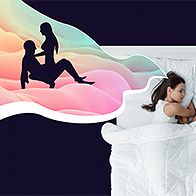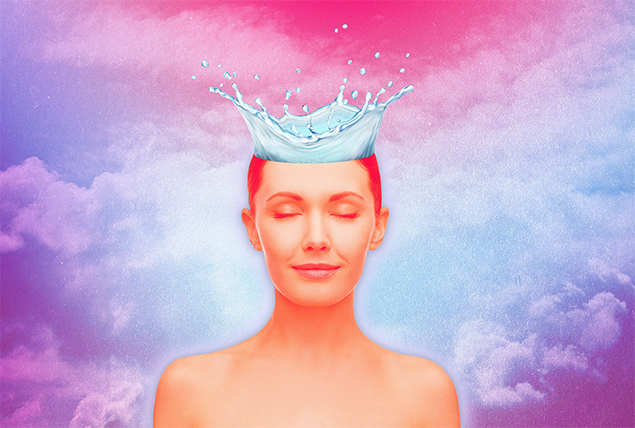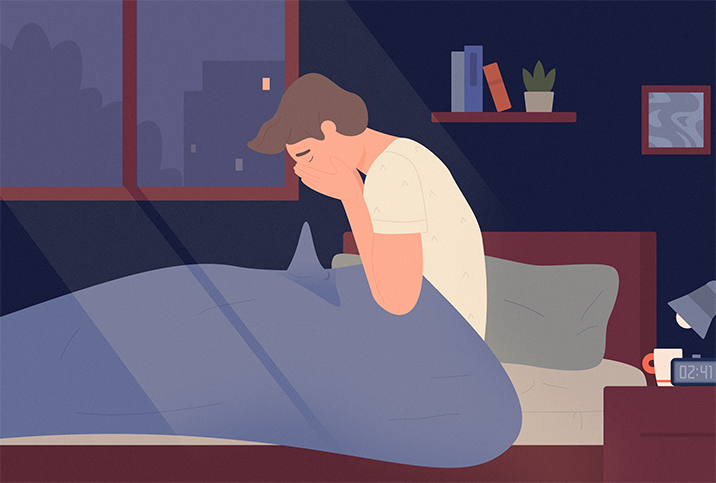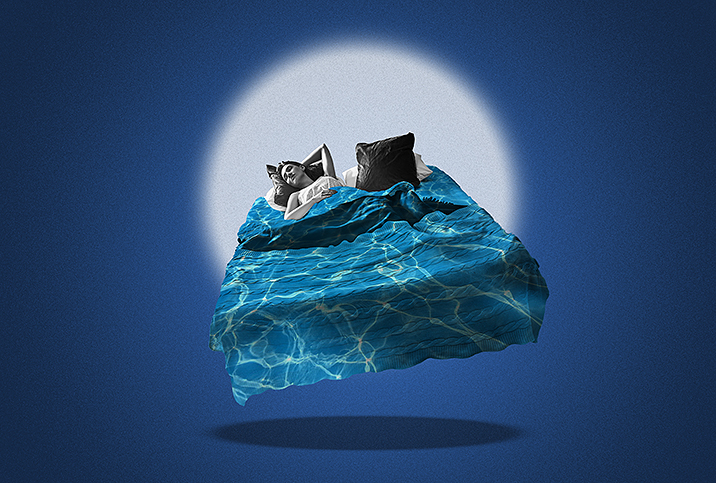Please Stop Believing These Wet Dream Inaccuracies
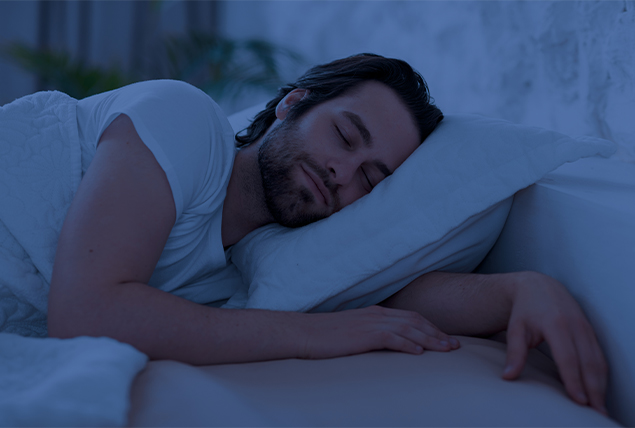
If you're a man and have ever experienced a wet dream, you probably know where they get the name. These spontaneous sleep orgasms—nocturnal emissions, as they are formally known—tend to end with "wet" briefs or sheets.
Despite being normal and healthy, nocturnal emissions are understudied, said Michael Werner, M.D., the medical director and founder of Maze Sexual & Reproductive Health, based in New York City and Purchase, New York.
Little is known about the phenomenon in males, and even less so in females. As such, misinformation and misconceptions about wet dreams abound.
Here are some of the most common wet dream inaccuracies dispelled.
Inaccuracy #1
Wet dreams are caused by sexual dreams
Wet dreams can be accompanied by sexually explicit dreams, Werner said, but they don't have to be. Any kind of intense dream may activate the sympathetic nervous system, triggering an orgasm.
"It almost always happens during REM [rapid eye movement] sleep," Werner said. "But it doesn't have to be related to sexual dreams—it could be a stressful dream, also."
Inaccuracy #2
Wet dreams only happen to males
This relatively common assumption is false, according to Brandon Peters, M.D., a neurologist and sleep physician at Virginia Mason Medical Center in Seattle.
"Females also have wet dreams," Peters said. "[During female wet dreams], lubrication of the vagina and erection of the clitoris may occur."
Although research on female wet dreams is very limited, one study found that 85 percent of its female participants experienced nocturnal orgasms before age 21.
The phenomenon is traditionally associated with men because males ejaculate when they have a wet dream, Peters said. By contrast, fluid expulsion is not a typical part of the female orgasm, whether they are awake or not, research shows.
Inaccuracy #3
Wet dreams are only for teenagers
Wet dreams are often associated with puberty, but they may occur at any age, according to Peters.
"As a general rule, wet dreams may occur more in teenagers and during periods of sexual abstinence," Peters said.
During puberty, adolescents may experience a higher frequency of wet dreams due to unruly hormone levels. However, nocturnal emissions may continue past puberty and through adulthood, he said.
Another reason wet dreams are associated with teenage boys is because they are typically less sexually active than adults, Werner noted. The more you ejaculate when you're awake, the fewer wet dreams you're likely to experience.
Inaccuracy #4
Having frequent wet dreams is a cause for concern
"It definitely might increase your laundry bill," Werner said. "People are just built physiologically different. Some will have more wet dreams than others."
Frequent wet dreams are not cause for concern, Peters said. Frequency doesn't correlate with any specific psychological, physical or sexual abnormalities.
Inaccuracy #5
Wet dreams decrease fertility
There is no evidence to support the idea that wet dreams reduce fertility, according to Werner. Wet dreams do not affect the body's ability to produce sperm, and fertility remains unaffected by wet dreams.
"However, I would say if you are trying to conceive, you ideally want to save up your sperm for three or four days to ejaculate them into the vagina at the peak time the woman ovulates," Werner said. "Nocturnal emissions, or any kind of ejaculation, won't affect production, it'll just mean you're delivering fewer sperm."
Inaccuracy #6
Wet dreams can be prevented through willpower
Nope. Wet dreams are involuntary and cannot be controlled through any kind of conscious efforts, Werner said.
"Wet dreams cannot be prevented through sheer willpower," Peters said. "Masturbation or sexual activity that is complete with climax may reduce their frequency."







